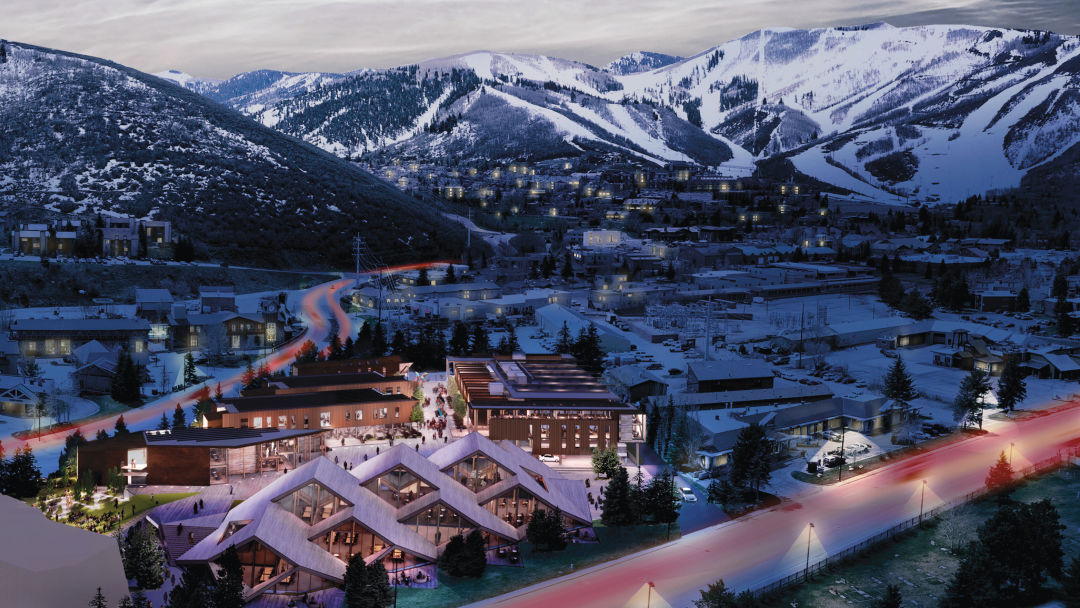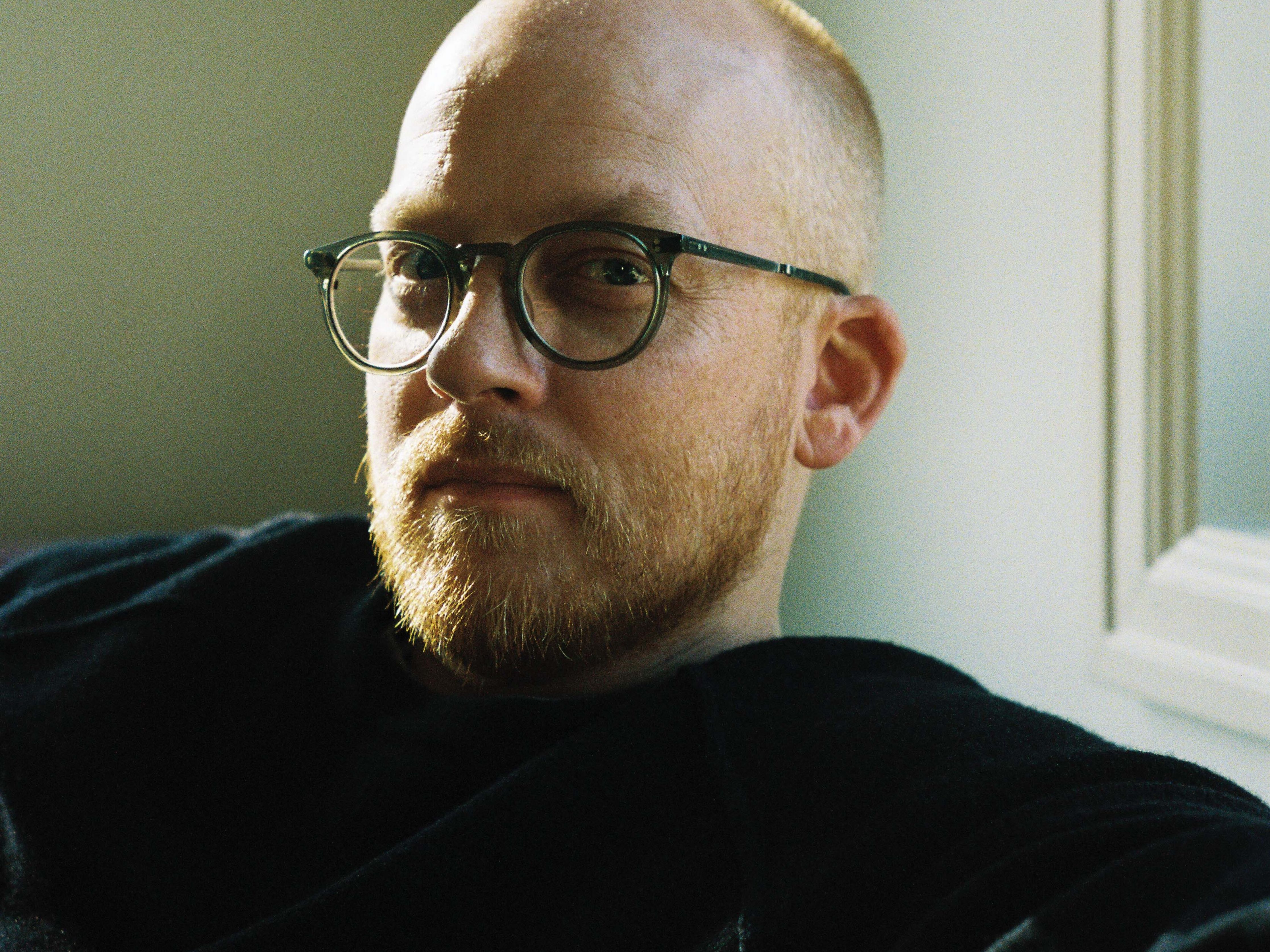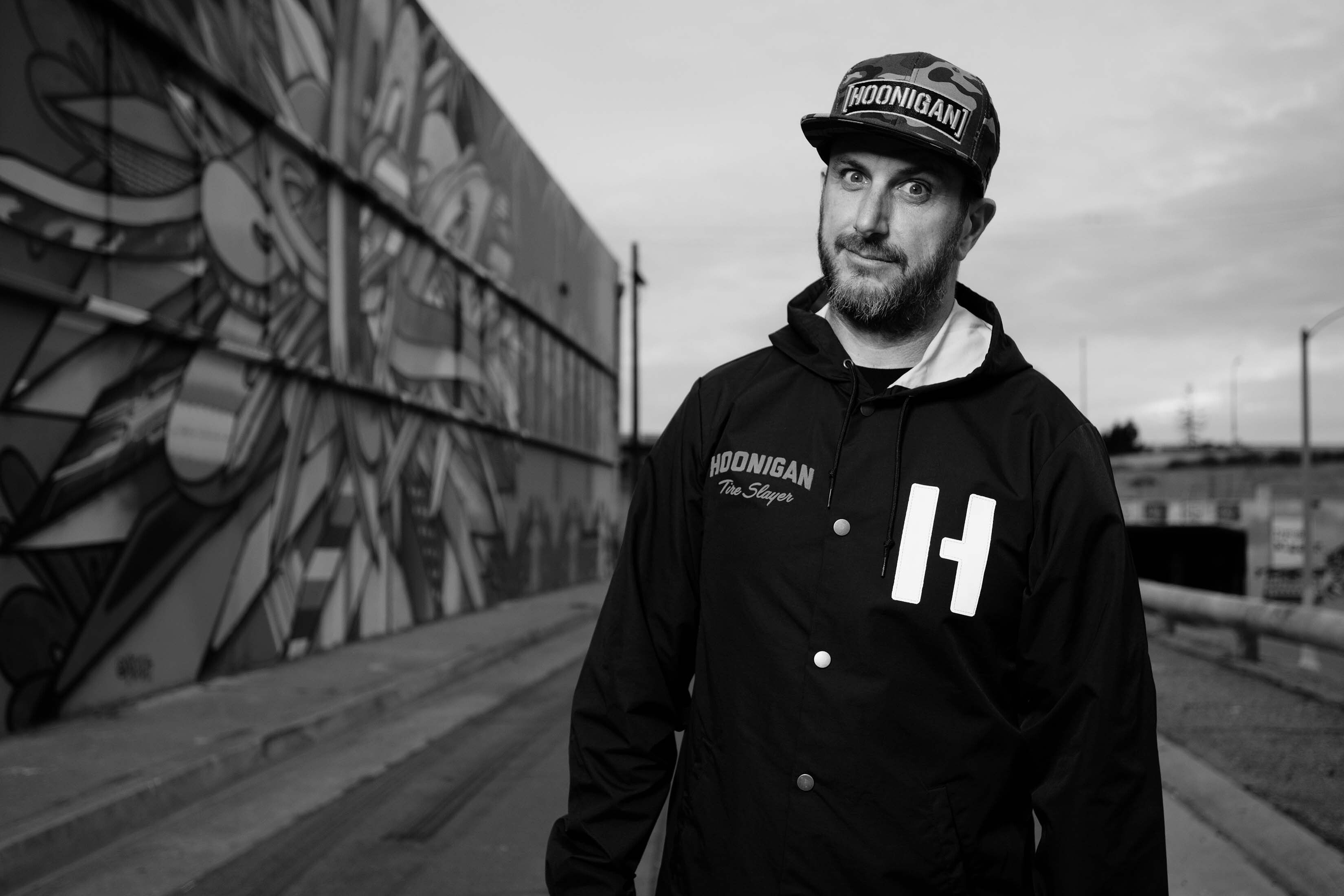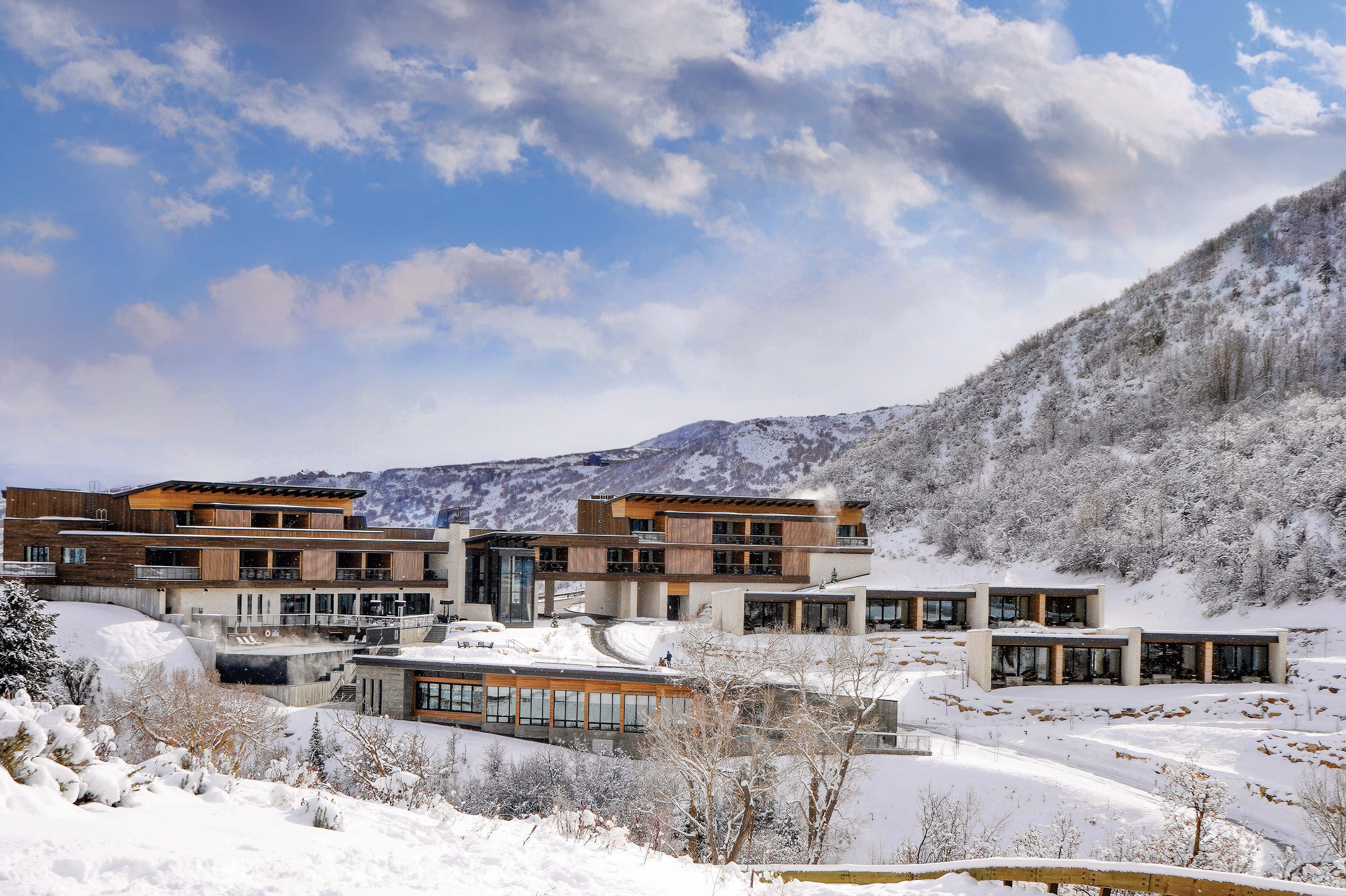Park City’s Arts and Culture District Breaks New Ground

View from above the cemetery looking across Kearns Boulevard. Kimball Art Center is in the foreground with the Plaza and Park City facilities beyond.
Park City’s highly anticipated Arts and Culture District is entering a new phase this winter, with construction set to begin in early 2021. The district, a collaboration between Park City, the Kimball Art Center, and the Sundance Institute, will unite Park City’s varied creative forces on 5.24 acres of land at Bonanza Drive and Kearns Boulevard.
“Co-locating the two major historical art institutions in Park City (Sundance and Kimball) onto one site is really unique,” says architect and owners’ representative Steven Swisher, who is leading coordination of the project for the city. “When we take all the things that are already going on in Park City and put them where they’re happening in one space, it’s going to create a lot of magic of collaboration and creativity.”
In addition to new homes for the anchor organizations, the mixed-use development will incorporate spaces for the visual, media, and performing arts; affordable housing units; underground parking; and links to all lines of Park City’s public transit. The creative gathering places include artist and recording studios, theaters, an outdoor movie space, a food hall, and a coffee shop, all centered on a public plaza. Pedestrian walkways have been prioritized in the design, as have pandemic-friendly health considerations such as ventilation and maximizing indoor-outdoor interactions. And additional units of affordable housing are currently being added to the plan’s original 51, including studios and one-bedrooms that will meet the city’s affordable housing goals.
“A culture district is a place for curiosity, exploration, creativity—it shouldn’t be limited by a definition,” says Aldy Milliken, executive director of the Kimball Art Center. “It’s a place that all of us are going to make and respond to ... and I want us to be open both to the diversity of voices and to the unknown.”
The project has already been driven by diverse community input, gathered through public meetings and outreach since its inception in 2017. The city purchased the land that year to retain the neighborhood as a local hub. The site is designed for everyone to visit and enjoy, but “the whole idea,” Swisher says, is that it will be “locally focused ... a place where people in the area would like to hang out even if they’re not working on a creative project.”
Arts and culture are vital components of Park City’s identity as “a vibrant, quirky, cool mountain town,” says Jocelyn Scudder, executive director of the Arts Council of Park City and Summit County, “what makes Summit County this magical place we call home and draws so many people here.” She believes the district “will do a lot to support development and will help our creative sector thrive” by diversifying Park City’s economy beyond tourism and prioritizing what locals have asked for.
“This is going to be a really important gathering place for many of our residents,” Scudder says. “A great arts and culture community requires great spaces.”
The development of those great spaces is financed with a 1 percent Transient Room Tax (TRT). Due to the pandemic, a potential $1 million revenue loss has been projected in 2021, and revenues may not recover to pre-pandemic levels until 2025. However, the project is forging ahead with plans that include possible flexibility in stages of construction.
The arts are innate and integral to Park City, scattered throughout its landscape. Now, they will have a central locus from which to grow. “We’re making a commitment to put culture at the core of an important block in Park City,” says Milliken. “From there, it’s up to all of us to determine what it looks like.”
For more information, visit imaginepcarts.org.






































